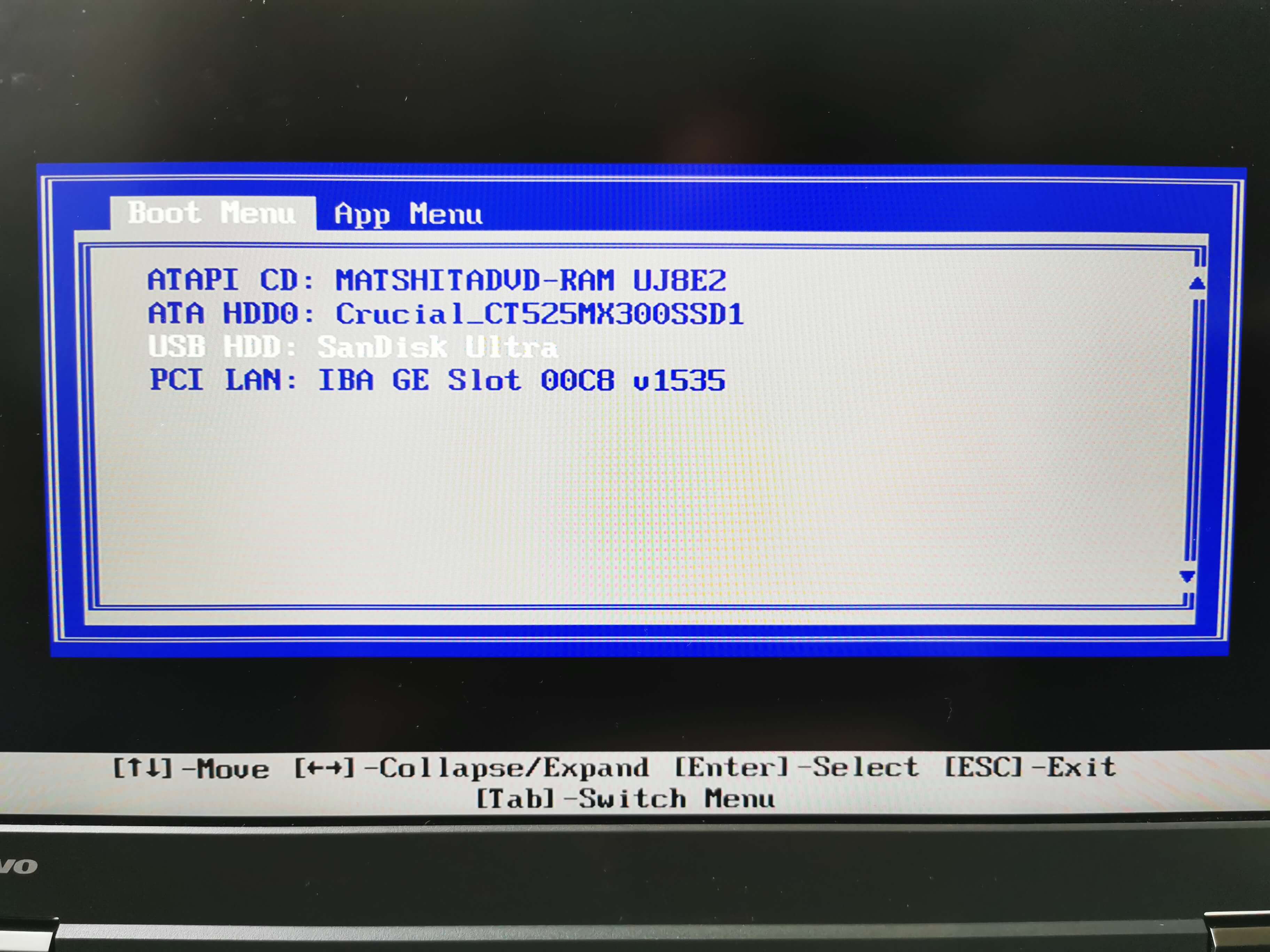

The process to zero out a hard drive is also called low-level formatting. In this way, each bit present in the hard drive will be replaced by a zero value. Zero filling is the method of completely wiping a hard drive. To completely wipe a hard drive, you need to remove the binary data by overwriting the zeros and ones with new data. Because it is easy to restore the deleted data with some data recovery software. If you want to remove data stored on the hard drive permanently, it’s not enough to simply delete it by pressing Shift + Delete or emptying the Recycle Bin. The computer understands the data stored on the platter by reading it as binary data. One side of the magnetic polarity is 0, and the other is 1. If the computer needs to read any information from the hard drive, it reads the magnetic polarities on the platter. The data is stored on the surface of magnetic and rotating platters in the hard disk case. Further Tip: Recover Data Deleted by Mistakeīefore learning about zero filling a hard drive, let’s see how the hard drive stores and reads files.Back up Your Files Before You Zero out a Hard Drive.In this post, MiniTool offers some methods to zero out a hard drive. However, these data could be recovered easily by some data recovery software. Remember to enter the correct drive or partition when executing this command.Do you worry about the data stored on the hard drive to be sold? You may think that you can just delete them. The above command will write zeros to all the blocks, a block size of 4096, in the specified device or partition, sda in this case. If you want to reuse the drive, you can type: if=dev/zero of=dev/sda bs=4096

This powerful command can be used to convert, copy, and destroy data. If you’re familiar with Linux or Unix, then you might already know about the built-in dd command. This handy software is available for Windows and Linux, comes with a simple GUI, and can even be installed on a live USB with its portable version.



 0 kommentar(er)
0 kommentar(er)
